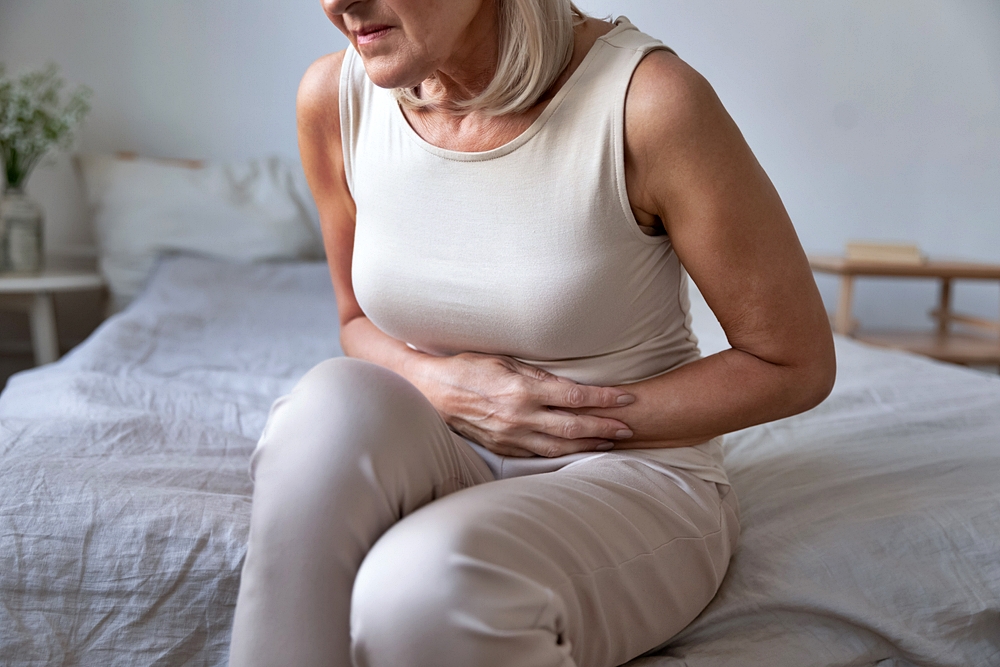Symptoms such as bloating, indigestion, nausea, abdominal and back pain, and itching that appear suddenly and do not go away for a long time may indicate gall bladder problems. Gallstones and polyps can cause serious life-threatening disorders that reduce the quality of life and when necessary precautions are not taken. In the treatment of gallbladder diseases, “Laparoscopic cholerastectomy surgery”, which is defined as a closed method, provides significant comfort to the patient.
The gallbladder helps digest food and vitamin synthesis
The gallbladder is the organ located on the front of the liver and stores the bile secreted by the liver. Thanks to the enzymes released with the food, the gallbladder contracts and leaves the bile inside the duodenum through the ducts. Bile, which is also mixed with pancreatic enzymes, plays an important role in the digestion of food and the synthesis of some vitamins, especially fat-soluble vitamins A, D, E and K.
Stones and polyps are most visible in the gallbladder
Gallstones and polyps (galls) are among the most common gallbladder diseases. Although gallbladder cancers are rare, their treatment is much more complicated. Apart from these, functional problems such as bile dumping disorders and parasitic diseases are among the gallbladder disorders.
It is more common in women
Gallstones are more common in women. Although this disease is known as the disease of women who are overweight, have a lot of birth, and are over the age of 40, it has been frequently observed in the young age group and in men in recent years.
Overweight and giving birth are among the reasons
Among the causes of gallstones; gender, overweight, aging and giving birth are the main reasons. However, factors that can cause changes in the ratios of enzymes in bile, such as certain blood diseases, excessive weight changes, long-term hunger, nutritional habits, especially in which red blood cells are destroyed, can lead to gallstones.
Delaying treatment is life-threatening
If the organ does not work well due to stone formation in the gallbladder or another disease, complaints such as indigestion, gas complaints, pain in the upper right side of the abdomen, back pain can be seen. In cases of inflammation frequently seen with gallstones, severe abdominal and back pain, nausea, vomiting, fever and chills occur. Especially, stones smaller than 5 mm and bile sludge fall into the ducts and prevent the flow of bile, darkening in the color of the urine, yellowing of the eyes and body and itching on the skin. Inclusion of infection in biliary disease can cause a process called cholangitis, which can lead to severe fever, low blood pressure, liver abscess and sepsis. In such cases, when rapid treatment cannot be provided, serious life-threatening situations can be seen.
Large stones can trigger the development of gallbladder cancer
In addition, stones falling from the canal can affect the pancreatic gland and turn into a life-threatening pancreatic inflammation called pancreatitis. Although large stones do not fall directly from the gallbladder to the duct, they may cause more complications such as inflammation as a result of chronic irritation, external compression of the bile ducts, and development of gallbladder cancer.
Personalized treatment applications
Patients who apply to a doctor with any complaint or for control purposes, ultrasonography is performed after physical examination. Although ultrasonography is an ideal examination for evaluating stones in the gallbladder; It may not be sufficient in the evaluation of bile ducts. In this case, tomography or MRI may be requested. If there is a suspicion of stones in the bile ducts, ERCP can sometimes be performed for both diagnosis and treatment purposes.
Closed surgery in gallbladder surgery
Most of the patients with gallbladder problems consult a doctor because of the sudden onset of complaints. Laparoscopic cholecystectomy surgery method, which is called closed method, is applied in patients who require surgery in any case. Stones or polyps are removed together with the gallbladder if surgery is required for gallstones and polyps. This process takes between 30 minutes and one hour with general anesthesia. Closed gall bladder surgeries have many advantages for patients. While the pain is much less in closed surgeries in which a one-centimeter incision is made in the abdomen, patients can return to their normal lives earlier. However, while the risks such as wound inflammation and hernia formation in the wound are less experienced, the duration of hospitalization decreases to one night.
Patients can return to their work and social life healthily after 4-5 days.
In gallbladder cancer surgeries, surrounding tissues are also cleaned
In some patients, inflammation can occur in the gallbladder without stones. In such cases, drug therapy is applied first. In cases where drug therapy is not successful, surgery is among the options. In gallbladder cancers, treatment is much different. In these patients, along with the gall bladder, part of the liver and surrounding lymph nodes should also be cleaned.
The perception that those with gall bladder can not eat eggs and chocolate is wrong
There is a very wrong perception regarding the issues that need attention after gallbladder surgery. It is thought that patients will not be able to consume eggs, chocolate or some foods after surgery. On the contrary, no food restriction is applied to patients after surgery. Patients continue their normal lives after surgery. Because after the surgery, the flow of bile secreted from the liver passes into the intestines and continues to assist digestive function.

